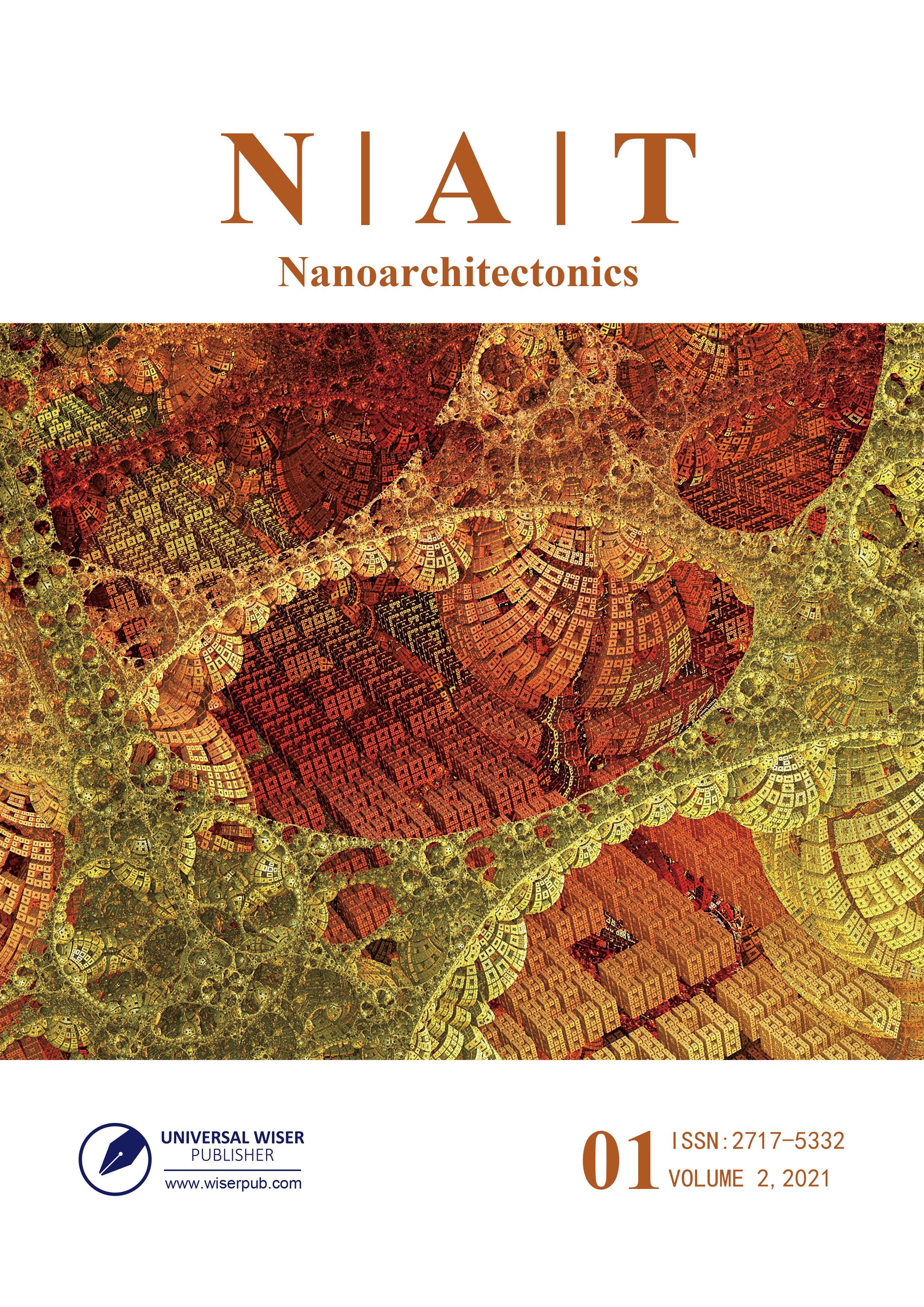Porous Carbons Derived from Ginkgo Shell Used for High-Performance Supercapacitors
DOI:
https://doi.org/10.37256/nat.212021533Keywords:
supercapacitor, ginkgo shell, porous carbons, KOH activationAbstract
As a renewable biomass and a low-cost crude carbon source, the ginkgo shell is explored for preparing high-value porous carbon via carbonization and the following KOH activation. Structure characterization shows that GSPC has microporous and mesoporous structure with specific surface area (SSA) of up to 1941 m2 g-1 , which exhibits superior capacitive properties. In a three-electrode system by using 6 M KOH as electrolyte, GSPC-700-1:2 could deliver a high specific capacitance of 345 F g-1 at 0.5 A g-1 . Even at a high current density of 20 A g-1 , the specific capacitance of as high as 280 F g-1 can be still maintained. Furthermore, a symmetric supercapacitor device (SCD) is fabricated by GSPC-700-1:2, which exhibits a capacitance retention rate of 83% at 5 A g-1 after 10000 charging/discharging cycles. A power density of 301 W kg-1 is achieved at an energy density of 13 W h kg-1 . The superior electrochemical performance demonstrates that ginkgo shell can function as a new biomass material for the production of porous carbon materials that are used in high-performance supercapacitors and other energy storage devices.


